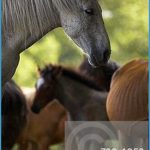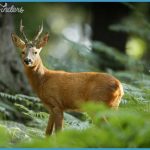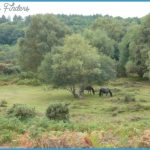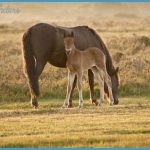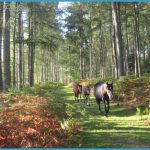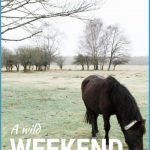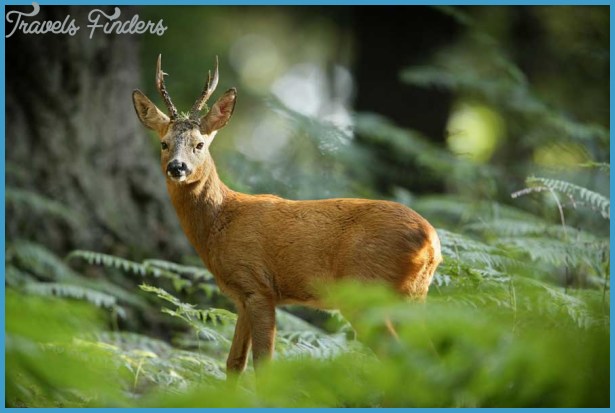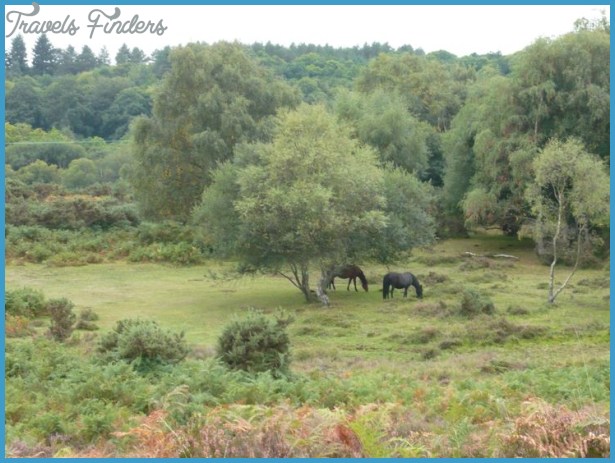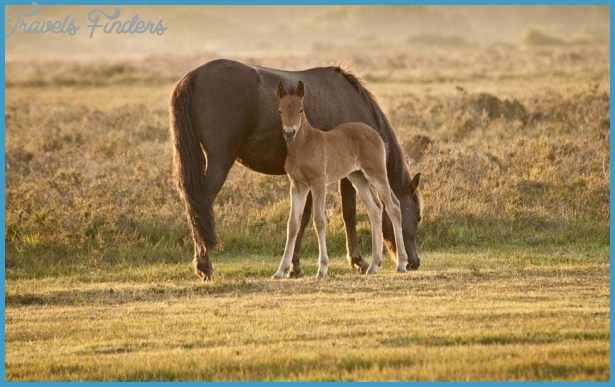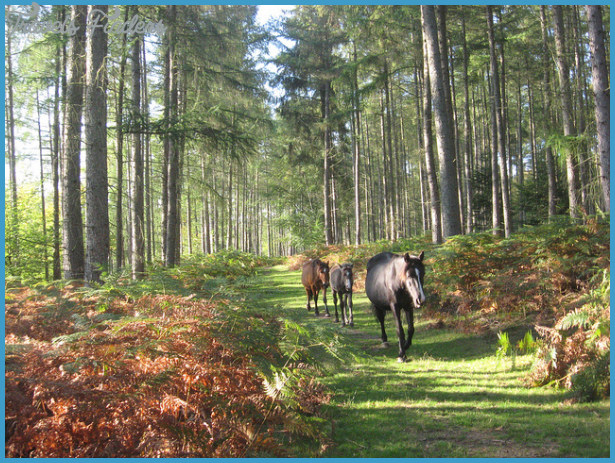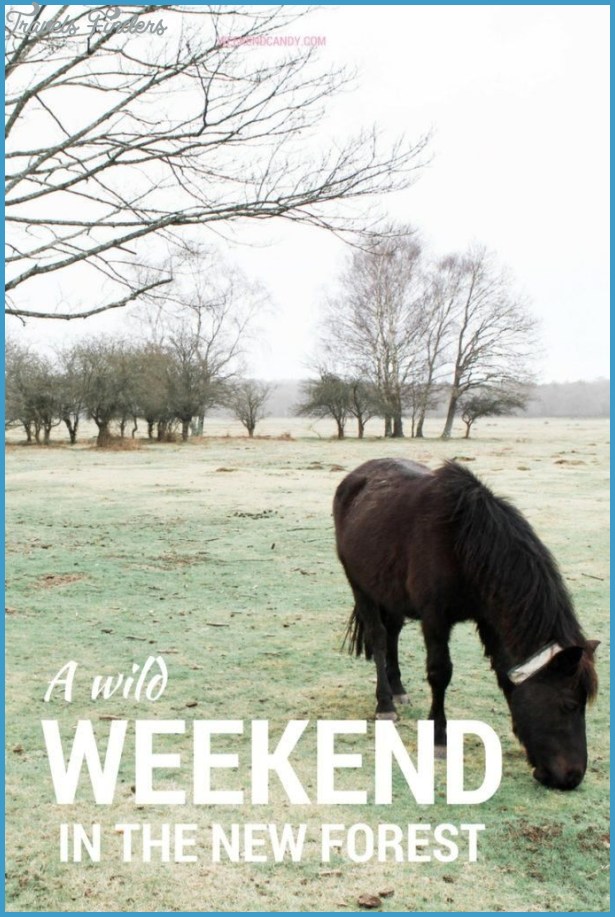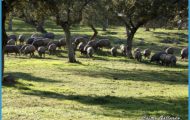New Forest
Thank Goodneyy for illiam “the Conqueror
The barked command woke us both with a start.
‘Don’t move suddenly! Stay where you are!’ We – my walking companion John Cubbin and I – were dozing contentedly, lying flat out on short-cropped grass amongst the crispy brown hues of bracken above the rather oddly named Rakes Brakes Bottom. The autumn sun was warm, we were sheltered from the breeze by some robust heather and we had downed a pint or so of beer with our pub lunch after a morning spent walking across a mix of heathland, grassy pasture and damp woodland. So we were having a very pleasant nap. Until then.
The command came as a shock. We struggled to wake, unsure as we blinked into the hazy brightness of the sky of what might be trained unerringly in our direction. Reality slowly dawned. Ten metres away, an imperious lady on horseback, all done up in classy riding gear, was warning us to keep still or risk frightening her tall, bronze-brown charge. We obeyed instructions. Neither of us fancied a horseshoe coming too close. Especially one fixed to a rather large horse’s foot.
The New Forest, shoe-horned – if you will forgive the metaphor -between the conurbations of Southampton to the east and Bournemouth to the west, is a bounty of rolling heaths, cottongrass-resplendent mires, impressive woodland, grazed grasslands and crowfoot-tangled streams. Grazing with ponies and cattle by commoners, whose rights go back 1,000 years, keeps the heathland and grassy slopes from naturally reverting to forest. In highly populated southern England, it is a haven of beauty and tranquillity. Perhaps it’s not surprising that it is one of my favourite places.
This particular day John and I had planned a route that would take us into its veritable bowels. Avoiding most paths and tracks, we wanted to be striding across its darkly purple heaths, pushing through the knee-high toughness of its bracken-carpeted slopes and ambling in the shade of its towering broadleaved woodlands. There were hunting birds to look out for, diminutive Hobbies – much like small versions of Peregrines – that perform aerial tumbles while hunting for insects. And Green Woodpeckers to spot – ground hunters searching grazed grassy areas for ants. But instead, and completely unpredictably, what entranced us were the New Forest’s bogs. We looked in admiration at their palette of autumnal colours: their red, yellow and leafy-green Sphagnum mosses; their fluffy-white bunches of cottongrass swaying in the soft breeze; while their sticky, red ochre, insect-eating sundews became a passion.
Wildlife Travel To New Forest Photo Gallery
Another interesting aspect of the New Forest is its place names. The origin of some is pretty obvious to anyone. But others are perhaps lost in the mists of time. We set off from Deadman Hill (near the town of Fordingbridge), originally perhaps the site of a gruesome murder or a former gallows on which to hang local sheep stealers or suchlike villains. Downslope at first, we tramped across Little Cockley Plain (what does Cockley’ refer to?) with its rank heather and pale coffee sedges hiding the brown remains of the delicate Heath Spotted Orchids. Needle-thin, vibrant blue damselflies were flitting around the squishy flushes and rusty-bottomed streams as we walked by.
A little further on we had our first close encounter with one of the New Forest’s ninety-something (according to Natural England’s experts who seem to have counted them) valley mires: the bogs which fill up the lowest-lying parts of shallow, waterlogged valleys, are known here as bottoms’.
Recognising that discretion was the better part of valour, John Cubbin walked gingerly behind as I strode all too confidently across Ashley Bottom until the volume of peaty-black water around me made it essential to hop from one bleached-yellow tussock of Purple Moor Grass to the next. Our tussock-hopping built up a wave tempo across the mire as its thin carpet of floating vegetation behaved rather like a suspension bridge in a high wind. Just as John said something about breaking step, I missed a tussock and plunged a leg to thigh-depth in a viscous slurp of cold, peaty water. Not far away, three dainty Fallow Deer hinds were grazing on a bracken and birch tree slope that reached down in finger-folds to the wetter sedges and cottongrass below. They must have seen our antics, looked up momentarily.. .and carried on grazing as if in despair. It was a story I recounted in the Travel pages of The Independent though I think I omitted the bit about Fallow Deer.

